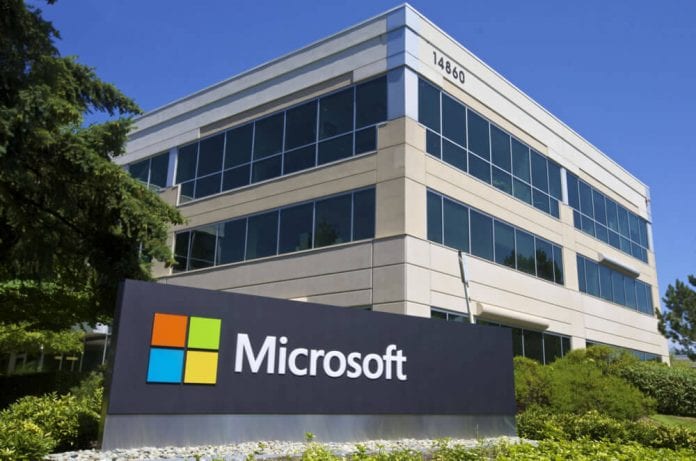
In June 2016, Microsoft finalized the acquisition of LinkedIn in a $26 billion deal. While the deal will benefit Microsoft, it did raise questions about the valuation of social media assets, especially the so-called “immaterial assets”. Following the deal, Fitch Ratings, a reputable credit rating firm, placed Microsoft IDR and senior unsecured debt at “AA+”, on Rating Watch Negative.
According to Fitch Ratings, Microsoft expects too much from the LinkedIn acquisition. Microsoft funded the acquisition with new debt, a large debt at that. But that aside, the main concern here is the valuation of the “immaterial assets”. “Immaterial assets” are those intangible assets that hardly generate income but are part of the service offering.
LinkedIn’s primary sources of revenue are advertising and aiding corporate recruiting. These services and business social networking bring along lots of other intangible benefits, which have value, but can be extremely hard to quantify.
For instance, LinkedIn offers the ‘freemium’ service, which analysts observe is not easy to quantify. According to Peter Wollmeringer, Managing Director of Huron’s Consulting in New York, ‘immaterial assets’ do not have an absolute definition neither is the term scientific. “We, in the professional valuation sector, do rely on our clients in determining the value of acquired assets. Clients provide us information and data on the reasons why they think the immaterial assets have some monetary or other value.”
Not many social media sites, especially sites as big as LinkedIn, are sold and bought now and then. Meaning the valuation of these sites is somewhat a new thing. In Wollmeringer’s opinion, only some of the services generate revenue. The recruiter service and advertising are LinkedIn’s primary income generator, while most other of its services generates little revenue. Services that attract users like SlideShare, for example, do not seem to bring in income. In other words, Wollmeringer is of the view that immaterial assets are on the surface services that make n money.
The benefits such immaterial assets bring, however, can be quantified. “It would be hard to quantify the wealth of benefits the Freemium service brings. Microsoft has to involve acquisition accounting. I am sure a lot of the price is will be goodwill.”
In valuation, firms consider the assets that drive the business. In LinkedIn’s case, the main driver is the recruiting service. So the valuation was likely broken down to; revenue generated from the fees companies seeking the recruiting service pay, LinkedIn subscribers who pay, and advertising fees.
From all these, one can easily deduce that valuing immaterial assets is hard. There is no determined method of valuing these assets.








